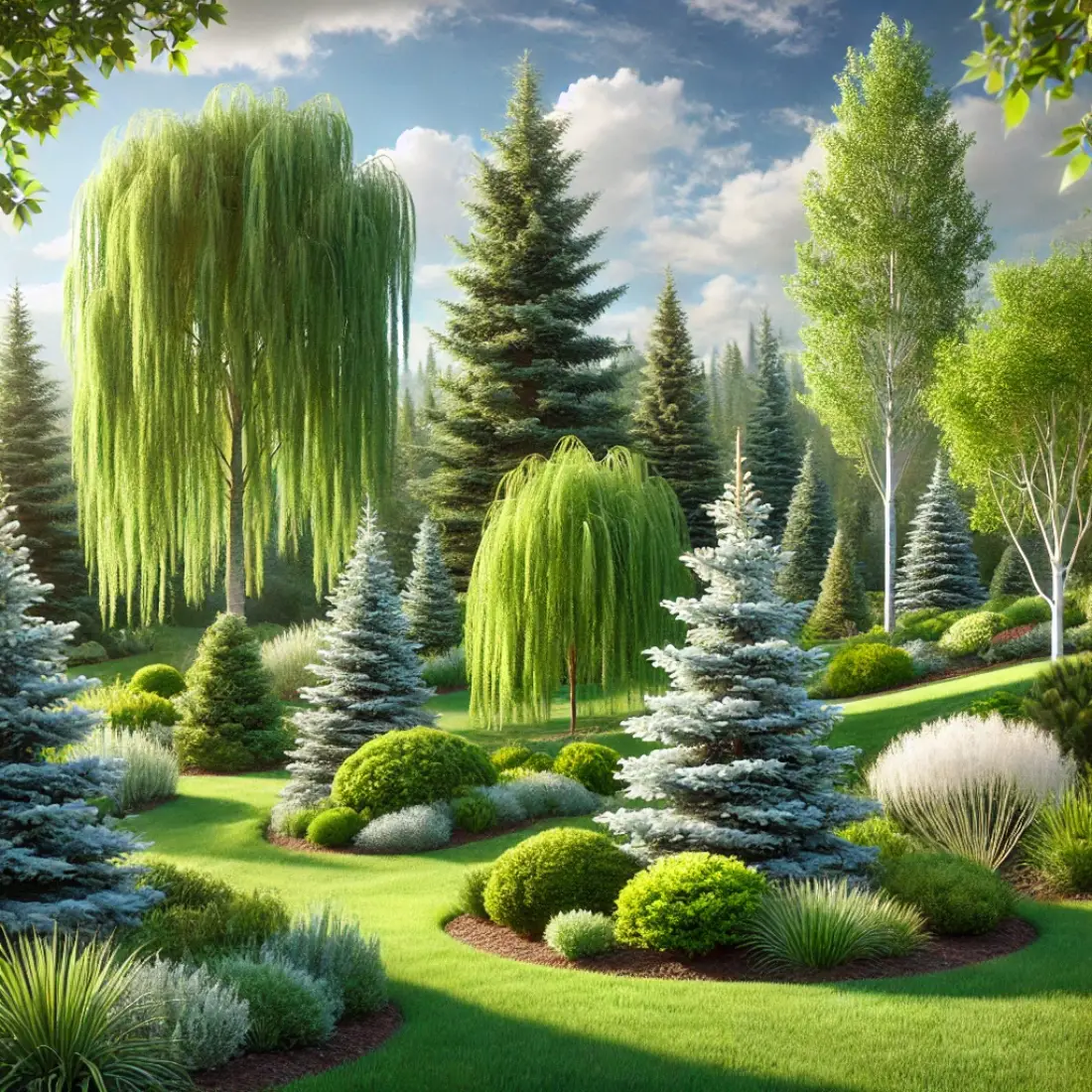Planting fast-growing trees is a fantastic way to quickly enhance your landscape. Whether you’re looking to create a lush, green privacy screen, add shade to your yard, or simply enjoy the beauty of rapidly growing foliage, selecting the right trees is essential.
- Fast-growing trees provide quick solutions for shade, privacy, and landscaping.
- Selecting the right tree for your specific climate and soil conditions is crucial.
- Proper planting and maintenance can ensure the health and longevity of these trees.
- Some of the best fast-growing trees include the Hybrid Poplar, Weeping Willow, and Quaking Aspen.
Top 10 Fast-Growing Trees
Selecting the right fast-growing trees can transform your landscape quickly, providing benefits like shade, privacy, and aesthetic appeal.
1. Hybrid Poplar
- Growth Rate: Can grow up to 8 feet per year.
- Ideal Conditions: Prefers full sun and well-drained soil.
- Maintenance Tips: Requires regular watering, especially in the first few years.
- Benefits: Excellent for quick shade and windbreaks, suitable for biomass production.

2. Weeping Willow
- Growth Rate: Grows up to 6-8 feet per year.
- Ideal Conditions: Thrives in moist, well-drained soil and full sun to partial shade.
- Maintenance Tips: Needs plenty of water and space for its extensive root system.
- Benefits: Adds a graceful, ornamental touch to landscapes and helps with erosion control.

3. Quaking Aspen
- Growth Rate: Grows 2-3 feet per year.
- Ideal Conditions: Prefers full sun and moist, well-drained soil.
- Maintenance Tips: Requires regular watering; watch for pests like aphids.
- Benefits: Known for its beautiful fall color and wildlife habitat.
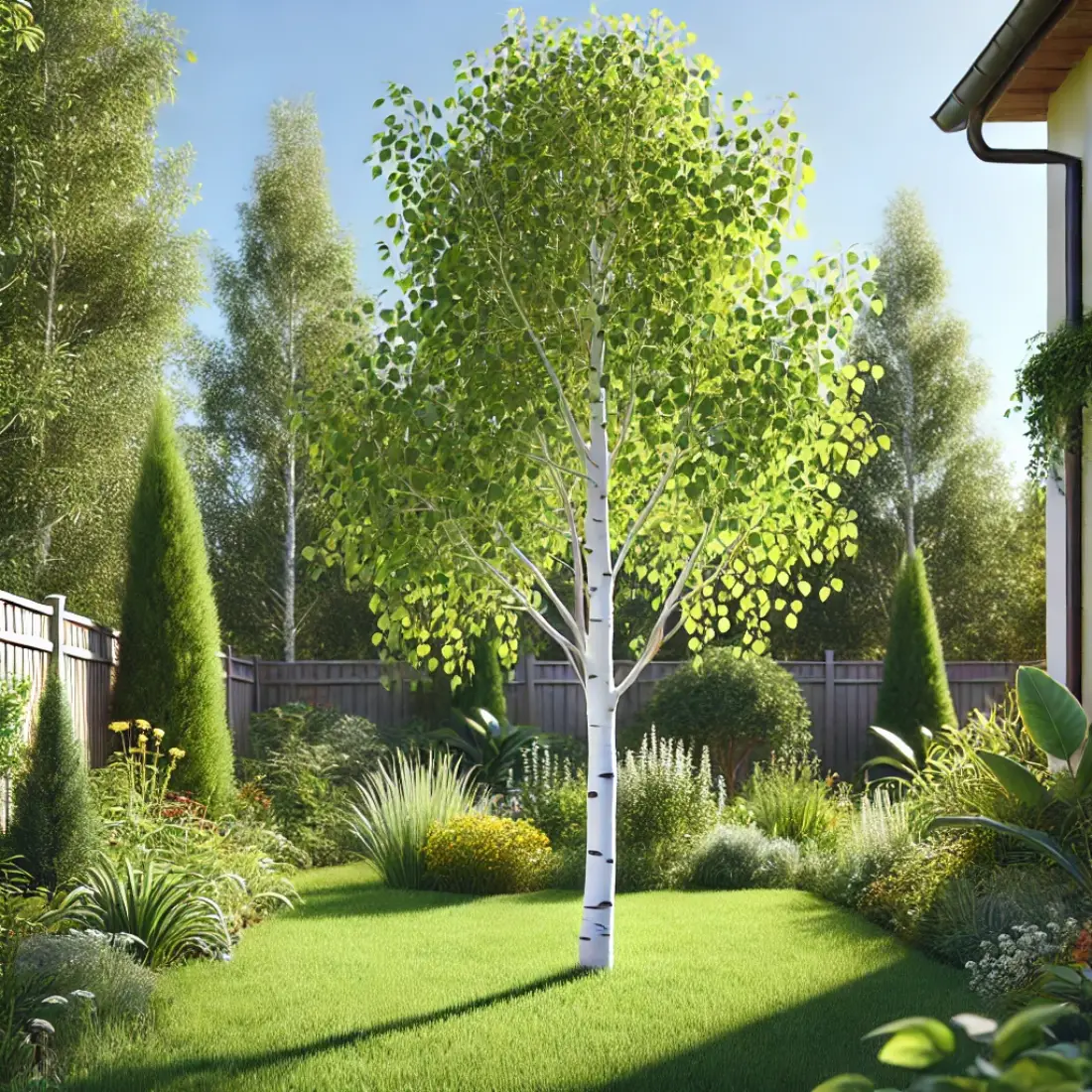
4. October Glory Red Maple
- Growth Rate: Grows 3-5 feet per year.
- Ideal Conditions: Thrives in full sun to partial shade and well-drained soil.
- Maintenance Tips: Needs regular watering and occasional pruning.
- Benefits: Provides vibrant red foliage in the fall and excellent shade.
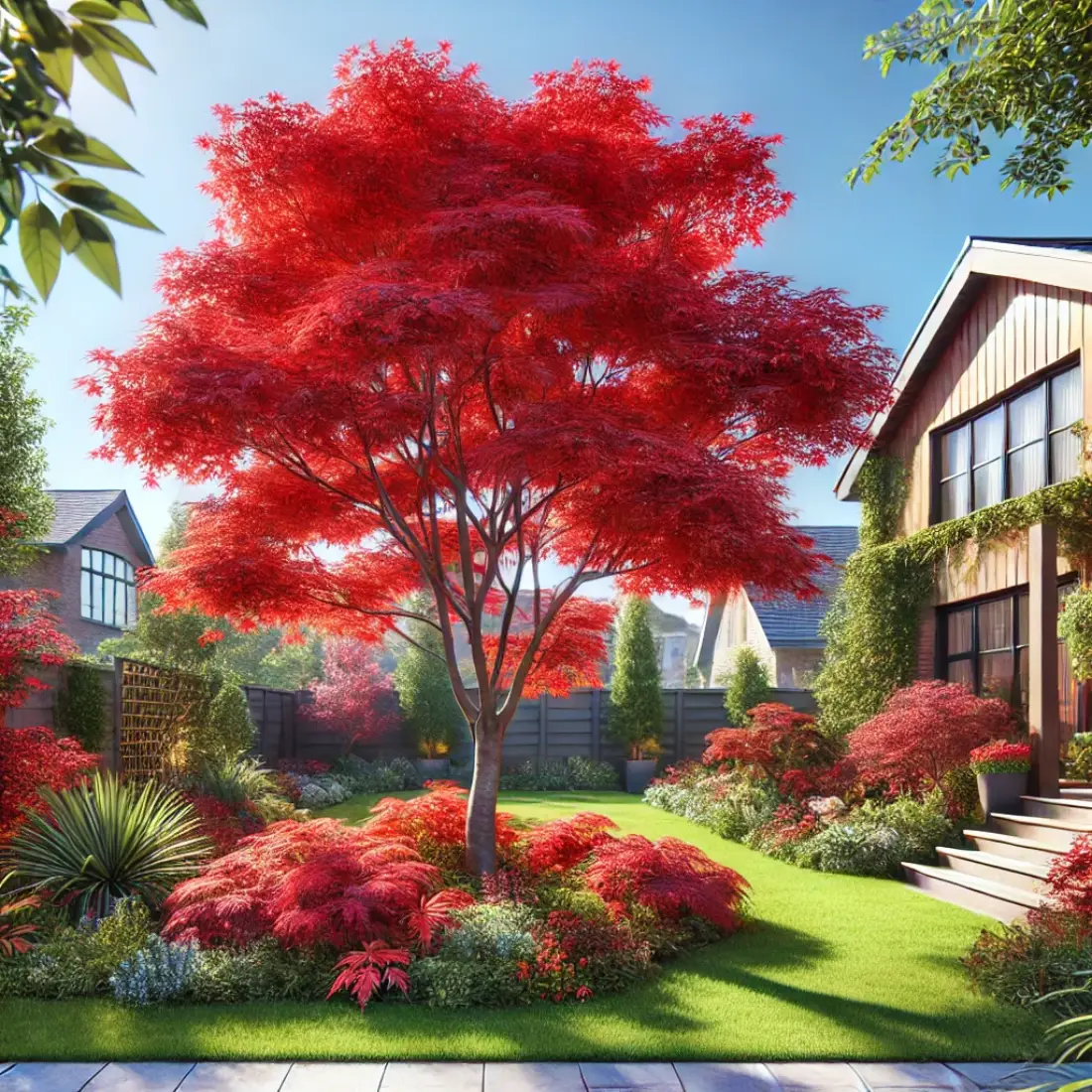
5. Northern Catalpa
- Growth Rate: Grows 2-3 feet per year.
- Ideal Conditions: Prefers full sun and moist, well-drained soil.
- Maintenance Tips: Needs regular watering; prune to maintain shape.
- Benefits: Large, showy flowers and large leaves provide excellent shade.

6. Eastern White Pine
- Growth Rate: Grows 2-3 feet per year.
- Ideal Conditions: Thrives in full sun and well-drained soil.
- Maintenance Tips: Requires minimal maintenance once established.
- Benefits: Provides timber, windbreaks, and habitat for wildlife.
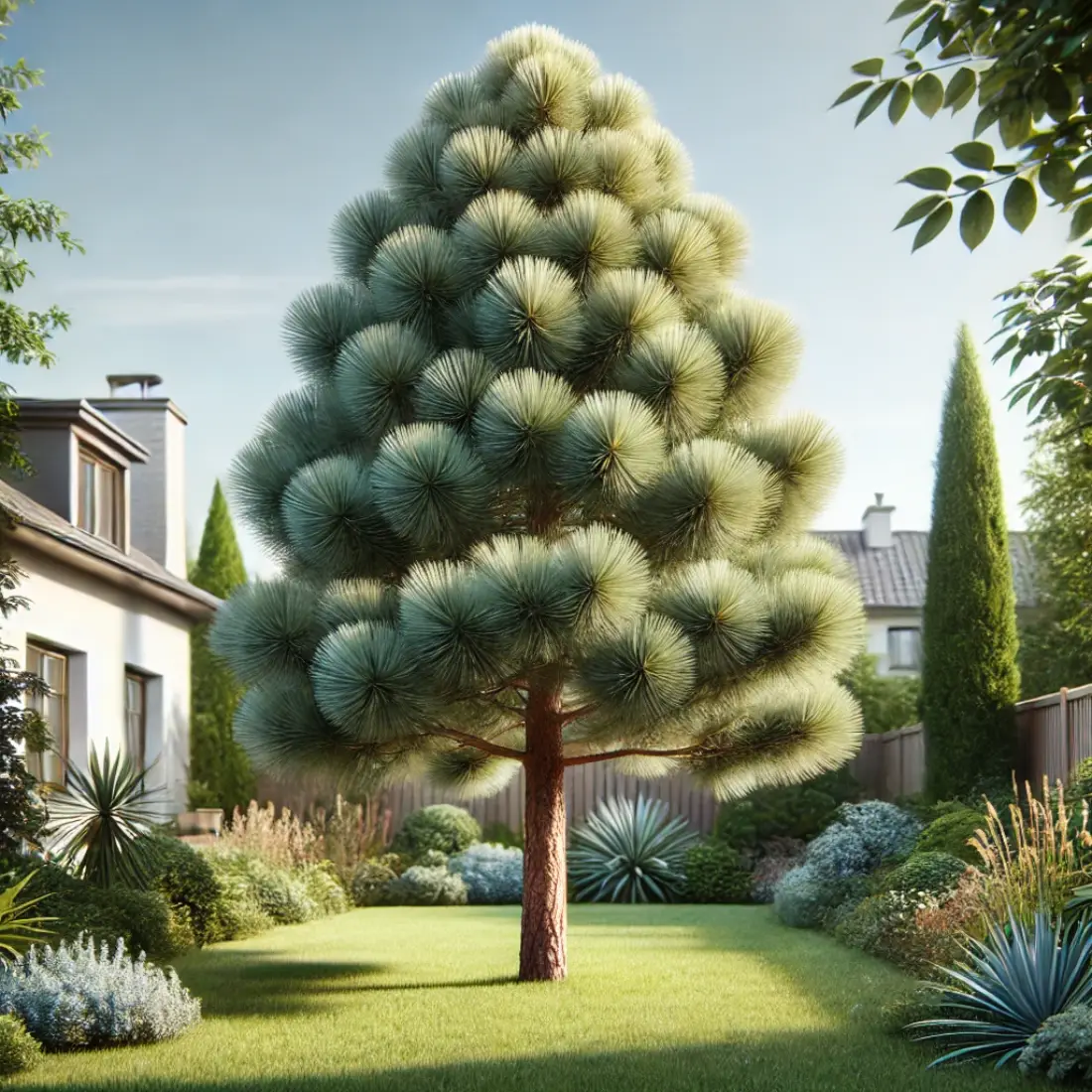
7. River Birch
- Growth Rate: Grows 1.5-2 feet per year.
- Ideal Conditions: Prefers moist, acidic soil and full sun to partial shade.
- Maintenance Tips: Needs regular watering and occasional pruning.
- Benefits: Ornamental bark and tolerance to wet soil, good for erosion control.
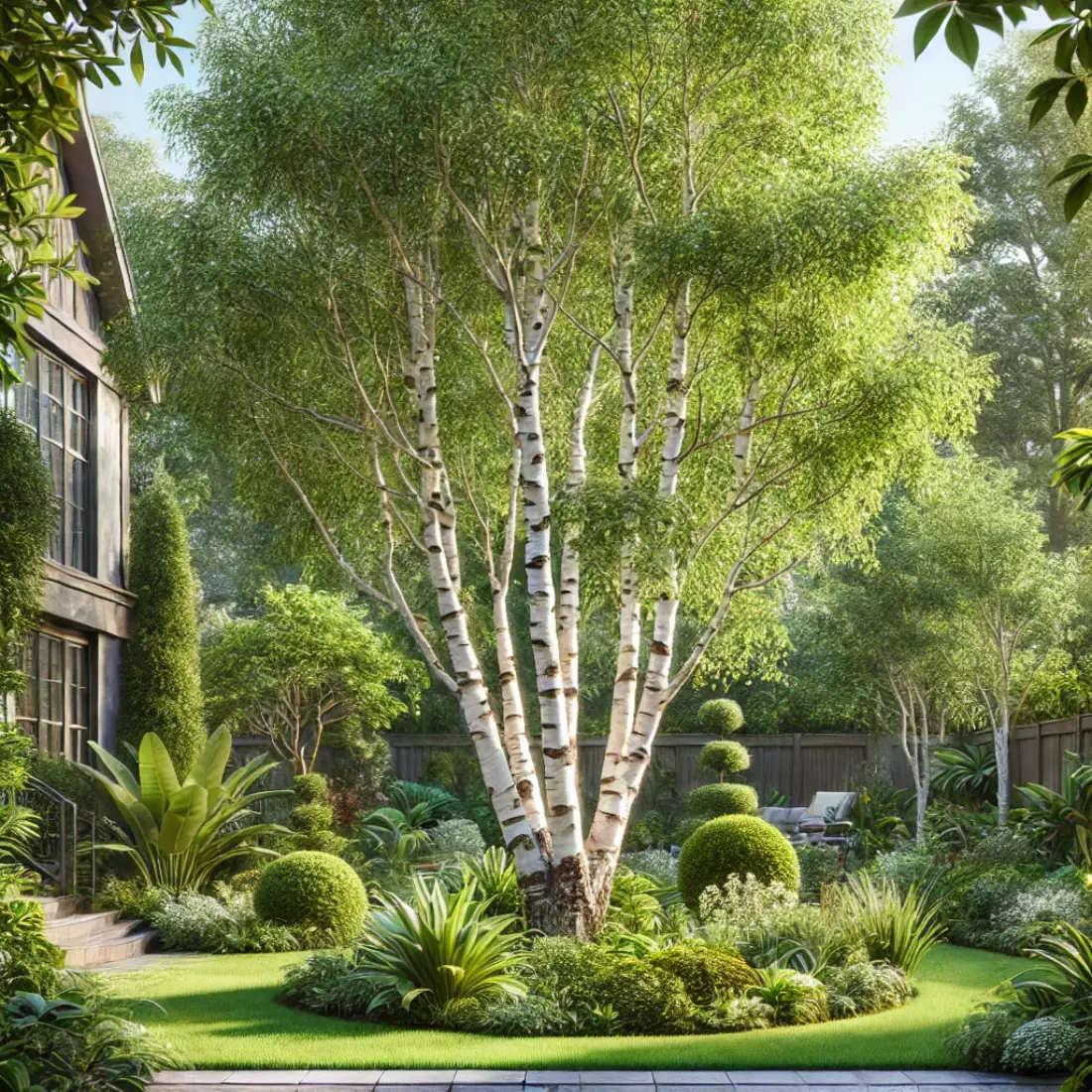
8. Dawn Redwood
- Growth Rate: Grows 2-3 feet per year.
- Ideal Conditions: Prefers moist, well-drained soil and full sun.
- Maintenance Tips: Requires regular watering; watch for root rot in poorly drained soil.
- Benefits: An ancient species with attractive foliage, providing excellent shade.
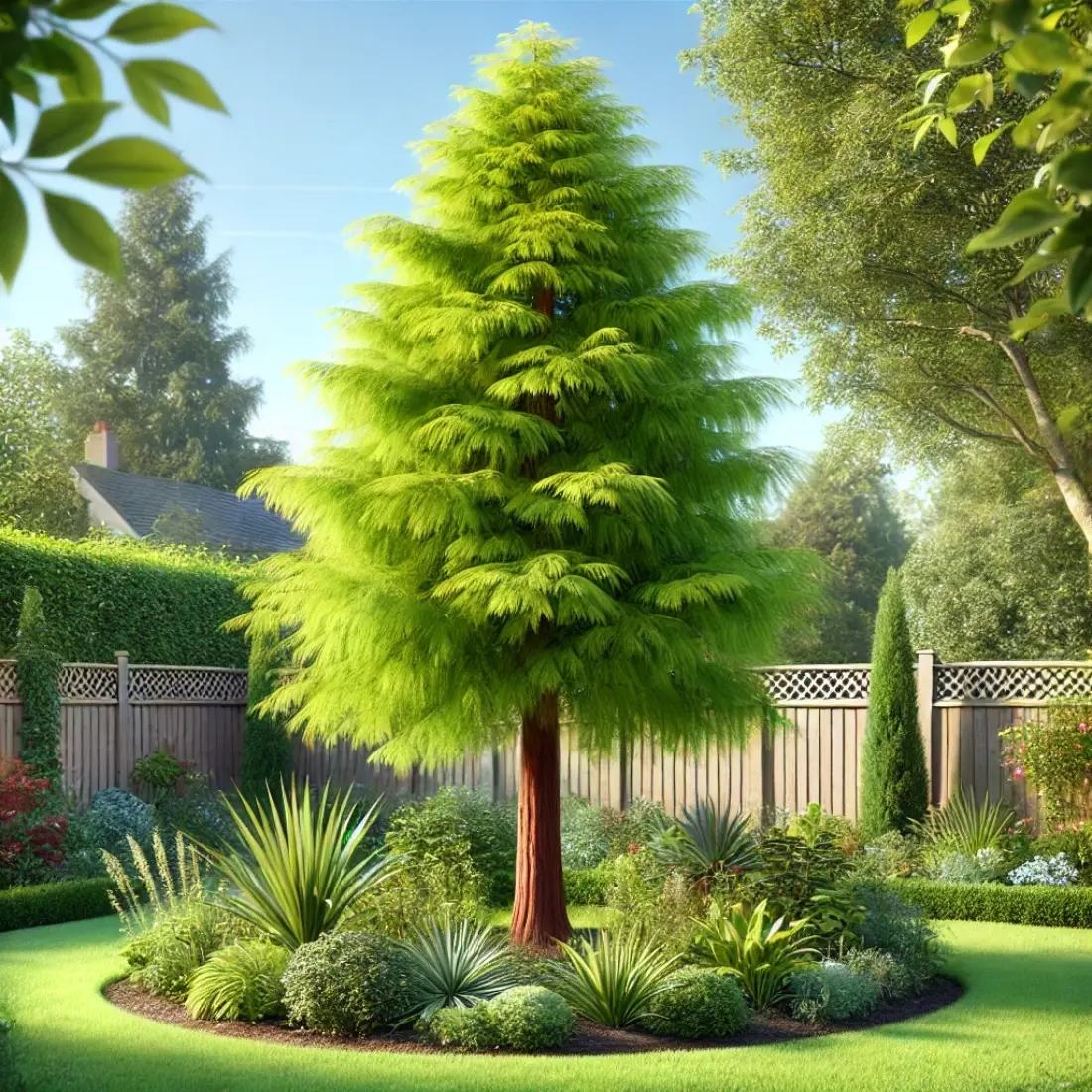
9. Leyland Cypress
- Growth Rate: Grows 3-4 feet per year.
- Ideal Conditions: Thrives in full sun and well-drained soil.
- Maintenance Tips: Requires regular watering, especially when young; prune to maintain shape.
- Benefits: Ideal for privacy screens and windbreaks.
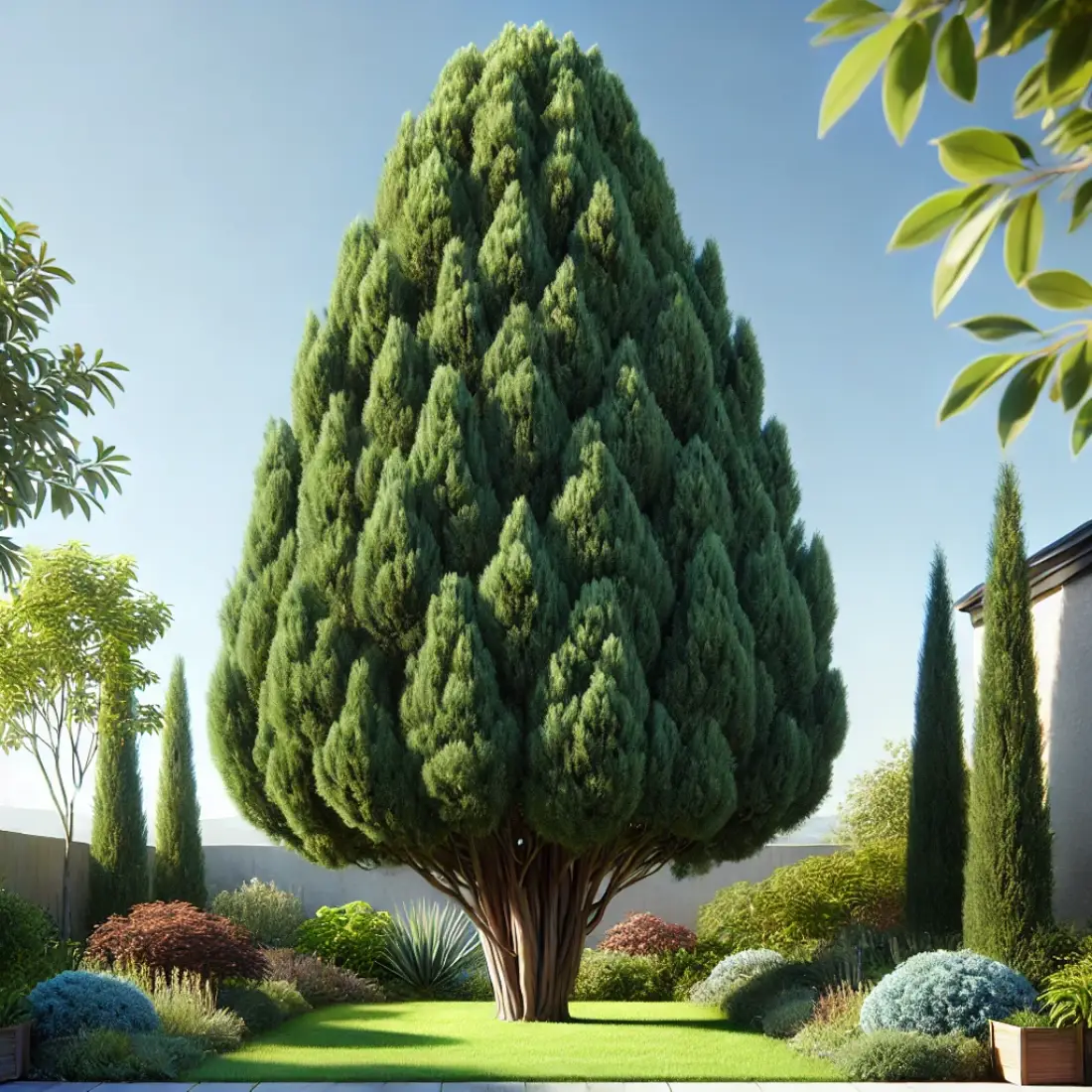
10. Tulip Tree
- Growth Rate: Grows 2-3 feet per year.
- Ideal Conditions: Prefers full sun and well-drained, slightly acidic soil.
- Maintenance Tips: Needs regular watering and occasional fertilization.
- Benefits: Large, tulip-shaped flowers and significant shade.
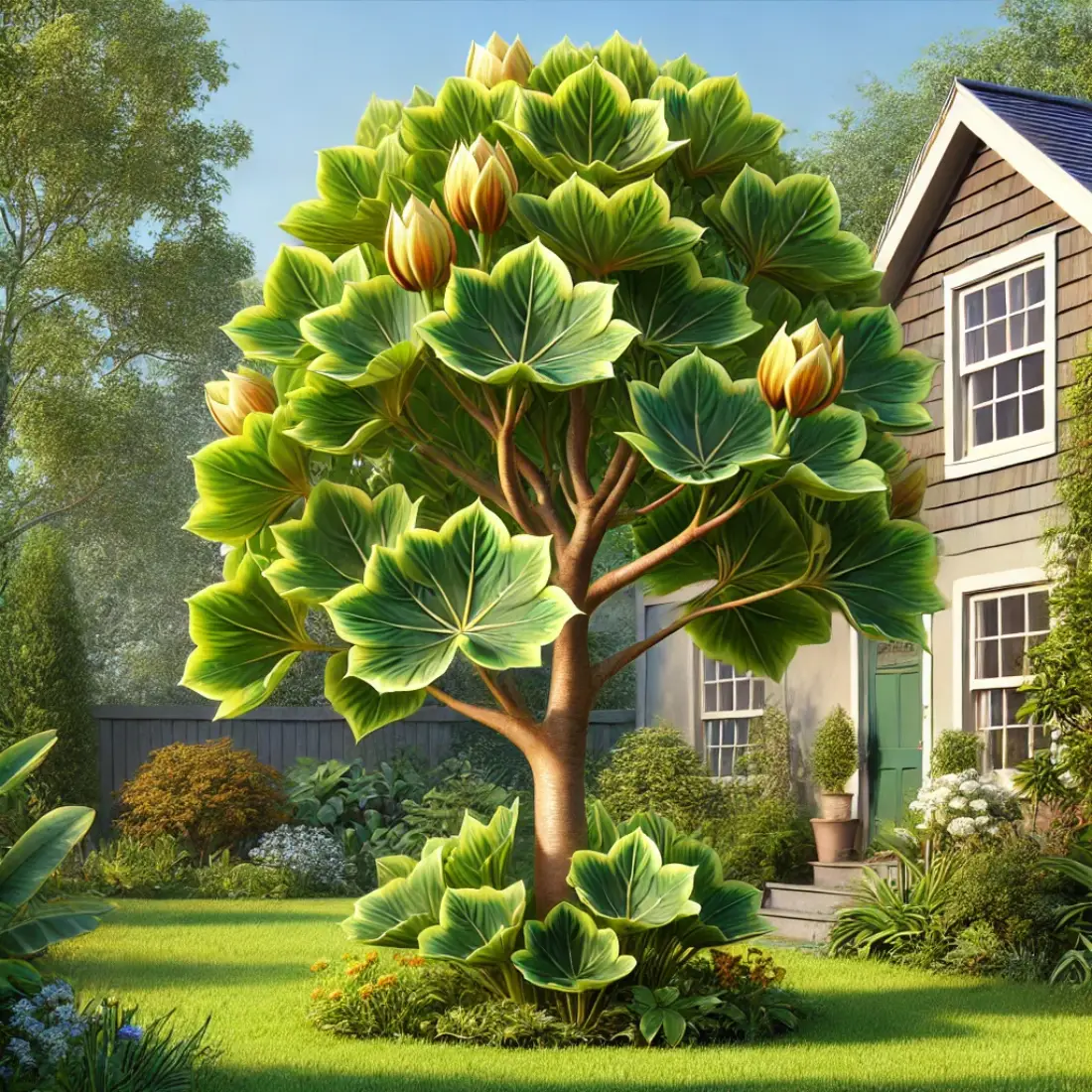
Criteria for Selecting Fast-Growing Trees
When choosing the right fast-growing trees for your landscape, it’s important to consider several factors to ensure they thrive in your environment and meet your needs.
Growth Rate
- Importance: Select trees known for their rapid growth to achieve your desired landscape goals quickly.
- Measurement: Look for trees that can grow several feet per year.
Soil and Climate Adaptability
- Soil Requirements: Ensure the tree species can adapt to the soil type in your area (e.g., clay, loam, sandy).
- Climate Conditions: Choose trees that can withstand the local climate, including temperature ranges, precipitation levels, and hardiness zones.
Maintenance Requirements
- Pruning: Some fast-growing trees require regular pruning to maintain their shape and health.
- Watering: Consider the water needs of the tree, especially in the early stages of growth.
- Fertilization: Determine if the tree needs frequent fertilization to support its rapid growth.
Pest and Disease Resistance
- Durability: Opt for species known to be resistant to common pests and diseases in your area.
- Preventative Care: Understand the care needed to prevent infestations and infections.
Space and Size Considerations
- Mature Size: Be aware of the tree’s potential height and width at maturity to ensure it fits your space without causing issues.
- Root System: Consider the spread of the root system and its impact on nearby structures and plants.
Purpose and Aesthetic Appeal
- Functionality: Determine the primary purpose of the tree (e.g., shade, privacy, ornamental).
- Visual Appeal: Choose trees that complement your landscape design and offer visual interest throughout the seasons.
Planting and Care Tips
Ensuring your fast-growing trees thrive requires careful planting and ongoing care. Using organic methods helps maintain a healthy ecosystem and supports the tree’s natural growth processes. Here are some tips to help you get started.
Preparing the Planting Site
- Soil Enrichment: Use compost or well-rotted manure to enrich the soil. Mix it thoroughly to provide nutrients and improve soil structure.
- Mulching: Apply a layer of organic mulch, such as wood chips or straw, around the planting site to retain moisture, regulate soil temperature, and suppress weeds.
Planting Techniques
- Correct Planting Depth: Dig a hole twice as wide and as deep as the root ball. Ensure the tree is planted at the same depth it was in the nursery pot to avoid root rot or stress.
- Watering: Water the tree thoroughly after planting to help settle the soil and eliminate air pockets. Use a slow, deep watering method to encourage deep root growth.
Watering and Moisture Management
- Regular Watering: Water newly planted trees regularly, especially during dry spells. Use rainwater or collected greywater to conserve resources.
- Mulching: Maintain a 2-4 inch layer of organic mulch around the base of the tree. Replenish as needed to maintain its benefits.
Fertilization
- Organic Fertilizers: Use organic fertilizers, such as compost tea, fish emulsion, or bone meal, to provide essential nutrients. Apply during the growing season to support healthy growth.
- Cover Crops: Plant nitrogen-fixing cover crops like clover or legumes around the tree’s base to naturally enrich the soil with nitrogen.
Pest and Disease Management
- Companion Planting: Plant pest-repellent herbs like garlic, chives, or marigolds near your trees to deter harmful insects.
- Beneficial Insects: Encourage beneficial insects, such as ladybugs and lacewings, by planting flowers that attract them. These insects help control pest populations.
- Organic Sprays: Use organic sprays like neem oil or insecticidal soap to manage pest infestations. Apply according to the manufacturer’s instructions for best results.
Pruning and Training
- Regular Pruning: Prune your trees during the dormant season to remove dead or diseased branches and to shape the tree. Use clean, sharp tools to make clean cuts and reduce the risk of infection.
- Natural Growth: Allow the tree to grow naturally with minimal intervention. Focus on maintaining its health rather than forcing a specific shape.
Disease Prevention
- Healthy Soil: Maintain healthy soil with good organic matter content to support the tree’s immune system.
- Sanitation: Remove fallen leaves and debris around the tree to prevent fungal diseases. Compost these materials away from the tree to avoid reinfection.
Long-Term Care
- Monitor Growth: Regularly check your trees for signs of stress, pests, or disease. Early detection and organic intervention can prevent severe problems.
- Organic Amendments: Periodically apply organic soil amendments, such as compost or aged manure, to maintain soil fertility and health.
FAQs about Top 10 Fast Growing Trees
What are the fastest-growing trees for privacy?
Some of the best fast-growing trees for privacy include the Leyland Cypress, Hybrid Poplar, and Eastern White Pine. These trees can quickly create a dense, natural screen to shield your property from view.
How can I ensure my fast-growing trees remain healthy?
To keep your trees healthy, ensure they are planted in suitable soil, receive adequate water, and are mulched properly. Regular pruning and using organic fertilizers can also support their growth.
What are the best fast-growing trees for small yards?
For small yards, consider trees like the River Birch, October Glory Red Maple, and Quaking Aspen. These trees grow quickly but have a manageable mature size, making them ideal for limited spaces.
How much space do fast-growing trees need?
The space needed varies by species, but generally, allow for at least 20-30 feet between larger trees like Hybrid Poplar and Leyland Cypress. Smaller trees, such as River Birch, may only need 10-15 feet of spacing.
Can fast-growing trees be used for timber?
Yes, species like Eastern White Pine and Hybrid Poplar are often used for timber due to their rapid growth and desirable wood qualities. They provide a quick source of timber in managed forestry.
What is the best time of year to plant fast-growing trees?
The ideal time to plant fast-growing trees is during the dormant season, either in early spring before new growth starts or in late fall after leaf drop. This timing helps reduce transplant shock.
How do I prevent pests and diseases in my fast-growing trees?
Use organic methods such as companion planting with pest-repellent herbs, encouraging beneficial insects, and applying neem oil or insecticidal soap. Maintaining healthy soil and regular pruning can also help.
What types of soil are best for fast-growing trees?
Most fast-growing trees prefer well-drained soil with good organic matter content. However, some species have specific soil preferences, so it’s important to match the tree species to your soil conditions.
How often should I water my fast-growing trees?
Newly planted trees should be watered regularly, typically once a week, and more frequently during dry periods. Mature trees may need less frequent watering, depending on rainfall and soil conditions.
Can fast-growing trees help with erosion control?
Yes, trees like Weeping Willow and River Birch are excellent for erosion control due to their extensive root systems, which help stabilize the soil and reduce runoff.

